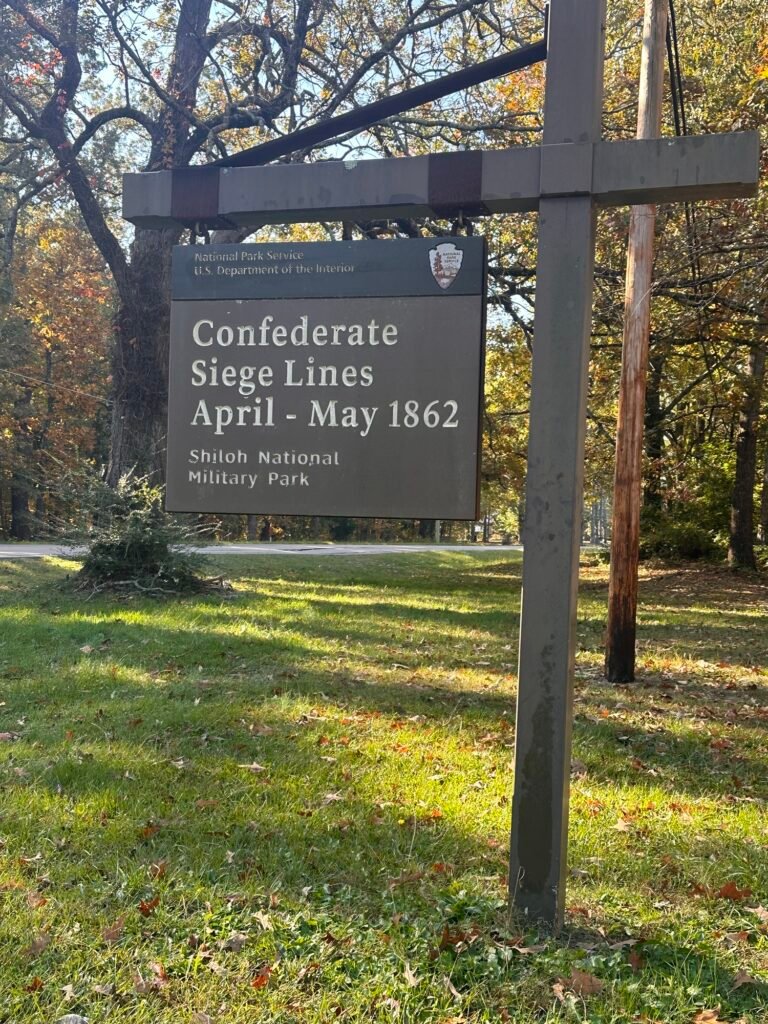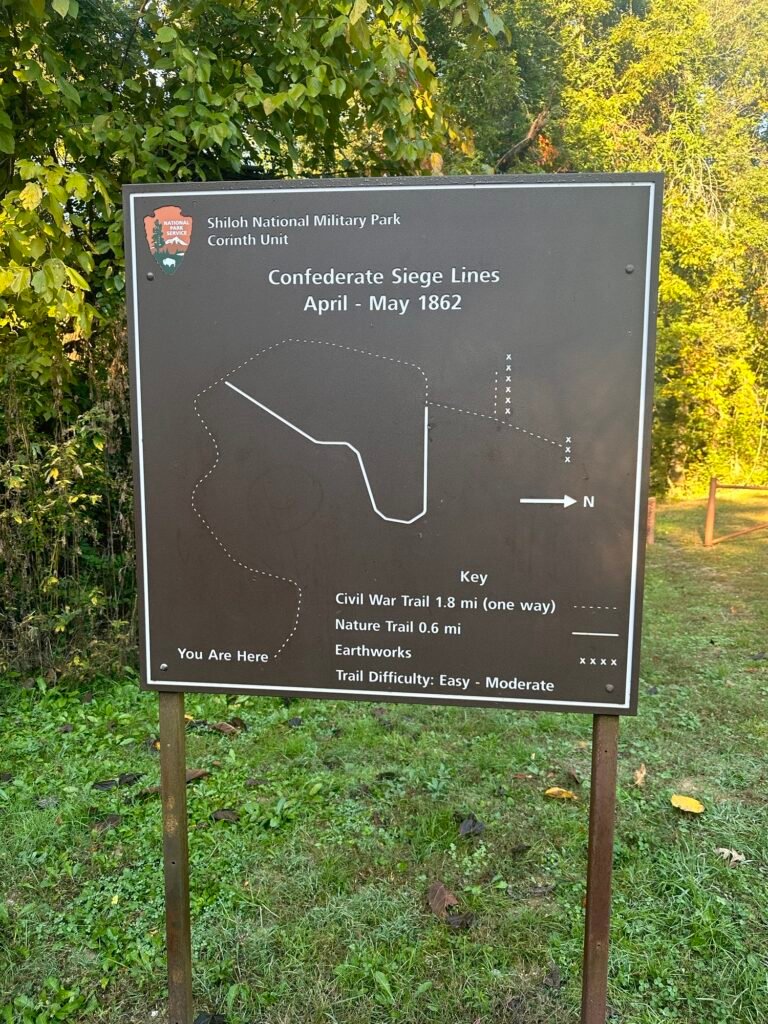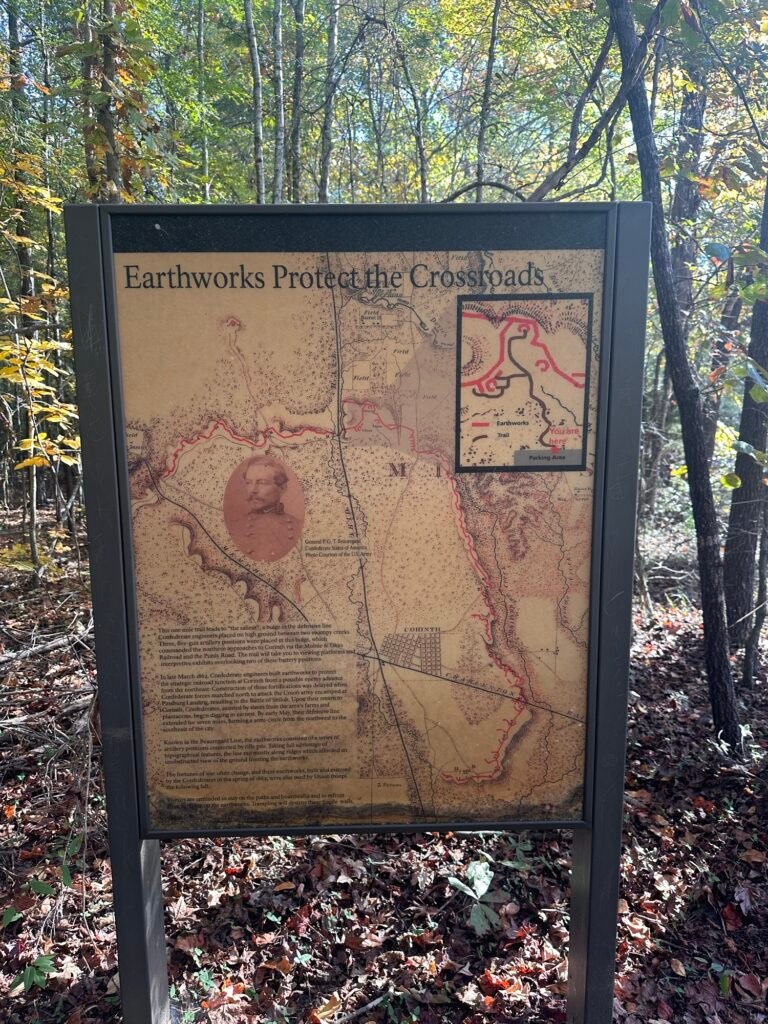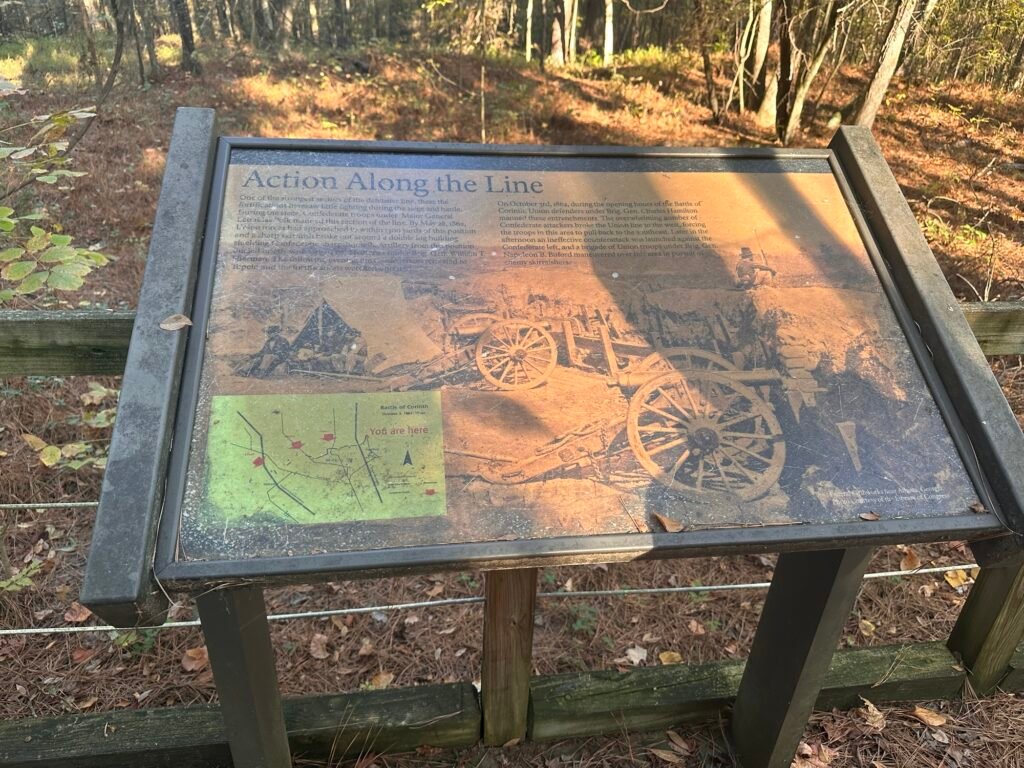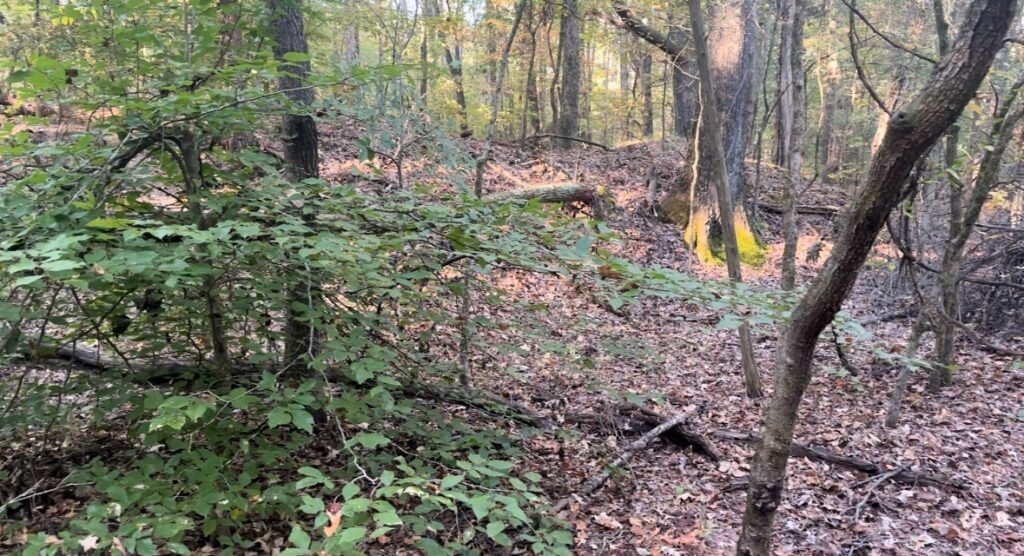Exploring the Confederate Siege Lines in Corinth, Mississippi
Nestled in the northeast corner of Mississippi, the town of Corinth holds a significant place in American history, particularly during the Civil War. Known as the “Crossroads of the Confederacy,” Corinth was a vital transportation hub due to the intersection of two major railroads: the Memphis & Charleston and the Mobile & Ohio lines. As a result, the town became a strategic point for both the Confederate and Union armies, especially during the Confederate siege lines in 1862. Today, the remnants of these siege lines offer visitors a fascinating glimpse into the turbulent history of the Civil War and the fierce battles that shaped the fate of the nation.
The Importance of Corinth in the Civil War
By 1862, Corinth had become a major military target for Union forces under General Ulysses S. Grant. The town’s railroads were essential for moving troops and supplies across the South, and controlling Corinth meant controlling a key transportation route. For the Confederacy, holding onto Corinth was vital to keeping its forces supplied and connected across the region. The result was the bloody Siege of Corinth, a series of battles and military maneuvers that took place from late April to May 1862.
The Confederate Siege Lines
The Confederate siege lines around Corinth were a network of trenches, earthworks, and fortifications constructed by Confederate forces in a desperate attempt to defend the town from advancing Union troops. These defensive positions were critical in staving off Union attacks for as long as possible, but the sheer size and strength of Grant’s forces, combined with constant artillery bombardment, made the situation increasingly untenable for the Confederates.
The siege lines extended for miles, with soldiers living and fighting from the trenches. These defensive positions were not just military fortifications but also makeshift homes for the troops. Soldiers dug in for weeks, enduring the hardships of battle, weather, and disease. The trenches were often damp, filled with rainwater, and rife with the poor conditions that plagued soldiers on both sides during the war. Despite their efforts, the Confederate forces were forced to abandon Corinth by the end of May 1862, retreating south and leaving the town in Union hands.
Walking the Siege Lines Today
For history enthusiasts and Civil War buffs, visiting the Confederate siege lines in Corinth offers a tangible connection to the past. Much of the battlefield and the remnants of the siege lines have been preserved within the Corinth Civil War Interpretive Center, which is part of the Shiloh National Military Park. The park features walking trails that allow visitors to explore the well-preserved trenches and earthworks, providing a powerful sense of the scale and intensity of the siege.
Along these trails, interpretive signs and markers provide historical context, helping visitors understand the significance of the Confederate defenses and the day-to-day experiences of the soldiers who fought there. The park also offers educational exhibits, including artifacts from the siege, photographs, and interactive displays that explain the broader context of the Civil War in Corinth.
One of the most striking features of the park is the presence of the original earthworks. Despite the passage of time, the trenches and fortifications remain remarkably intact, giving visitors an authentic glimpse into the Civil War battlefield. The park’s serene atmosphere, with its quiet woods and rolling hills, belies the intense combat that once raged in the area.
